Since the onset of COVID-19 we have seen organizations rushing to move F2F training to online formats. In a recent eLearning Guild survey, 86 percent of respondents said at least some “live” content was being shifted to another means of delivery. A challenge has been to work quickly yet when possible do more than just create click-next screens of text or offer hours of lecture, with little else, in a virtual meeting format. In some instances there are less-traditional, perhaps better, alternatives that can be created and deployed more quickly.
Non traditional approaches
Text
Text-based messaging can work well in lieu of a more usual approach. We most often see examples of this with organizations offering content in bites of up to about five minutes per message, with messages delivered across the span of a few days or weeks. Brian Dusablon of Learning Ninjas recently built a sample course for the Arist contest on accessibility and inclusion (you can enroll in the course for free here). Learners can subscribe to texts or email and choose the time of day new content will arrive. Figures 1-3 show a day’s content.
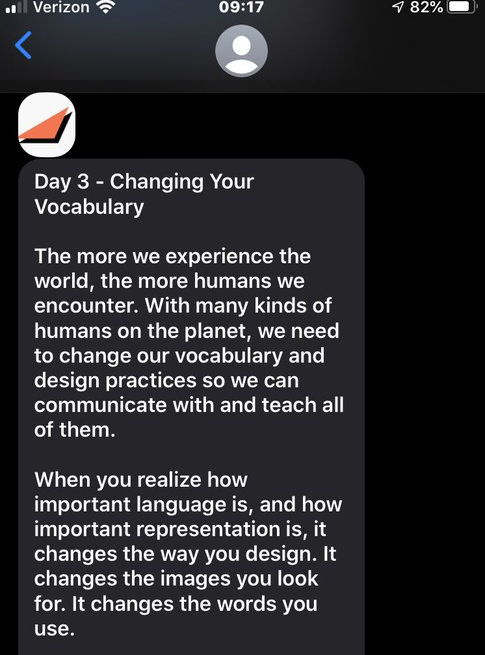
Figure 1: Introduction to text-based lesson on accessibility
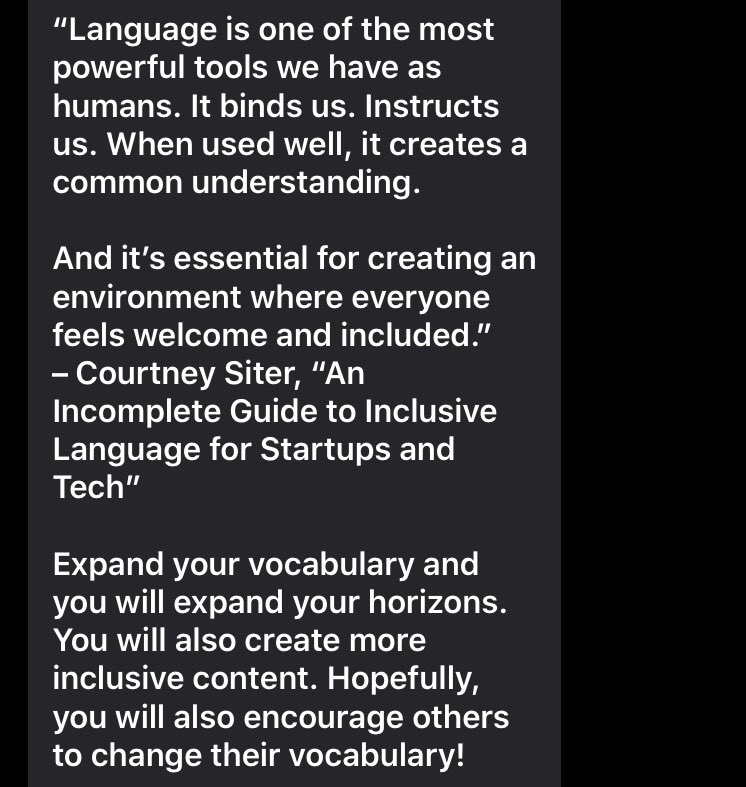
Figure 2: Part 2 (of 3) of lesson
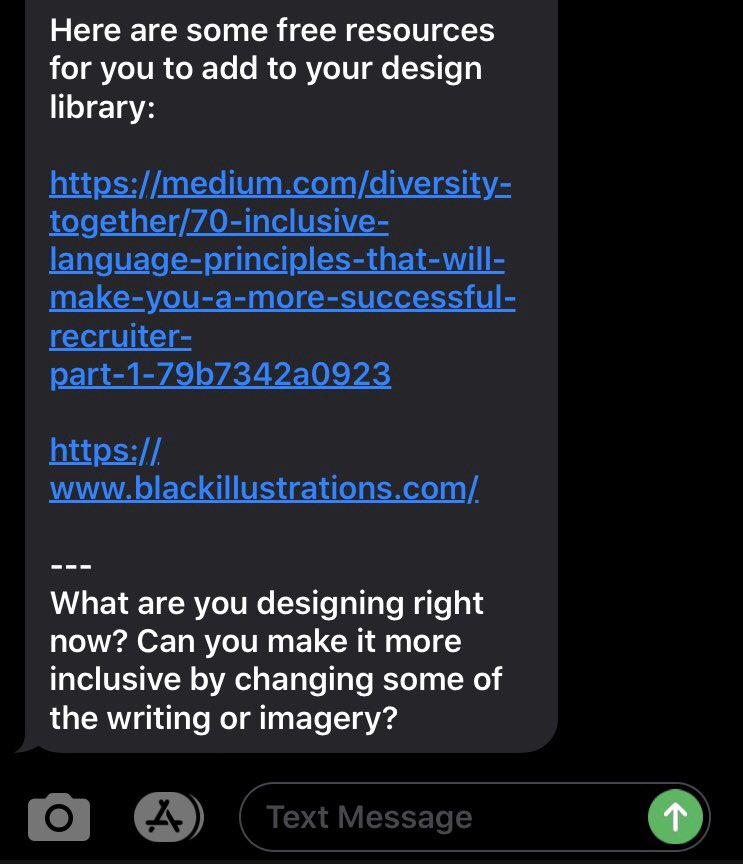
Figure 3: Lesson closes with links to additional resources and question for reflection
As with the text-format example above, learning experiences delivered by email can offer spaced learning and nudges to encourage behavior change and sustain new habits. Email is ubiquitous, familiar, and comfortable for learners, and is already embedded in the workflow. In her recent Learning Solutions article on the topic, Sarah Mercier discusses ways email-based learning can be used for varied topics such as onboarding and compliance. She also brought the topic to The eLearning Guild’s recent L&D on a Shoestring Online Conference.
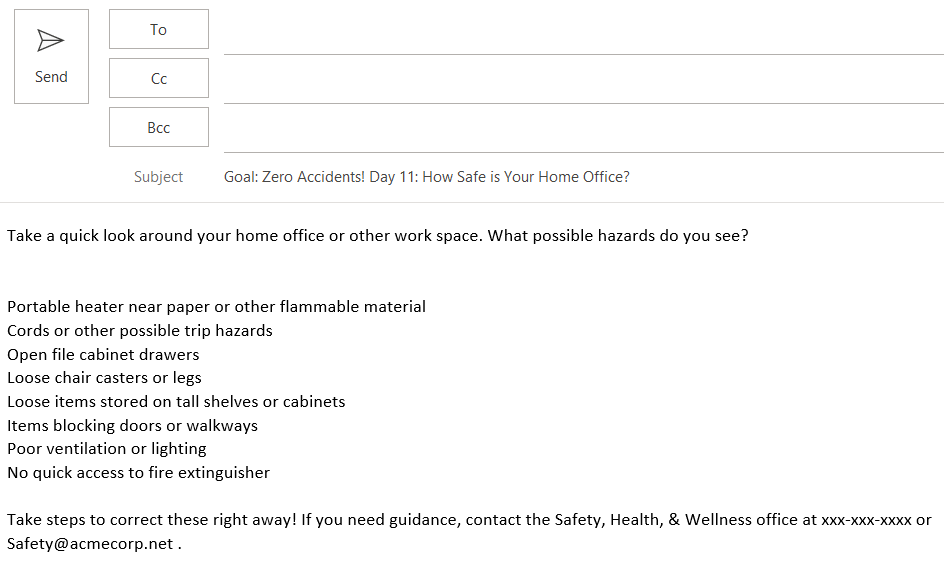
Figure 4: Example of an email learning bite for a workplace safety course
Learning campaigns
The email and text examples above illustrate the idea of learning campaigns: A series of learning activities offered across time, and often including different mediums, designed to provide nudges that support behavior change. The example below mostly offers behavior prompts—easy to harder—rather than lots of instructional content. The goal of this campaign: To develop a habit of giving feedback. Campaigns can be offered via a variety of formats, from email to text to instant messaging or LMS notifications. See my March 2020 Nuts & Bolts column for more on learning campaigns.
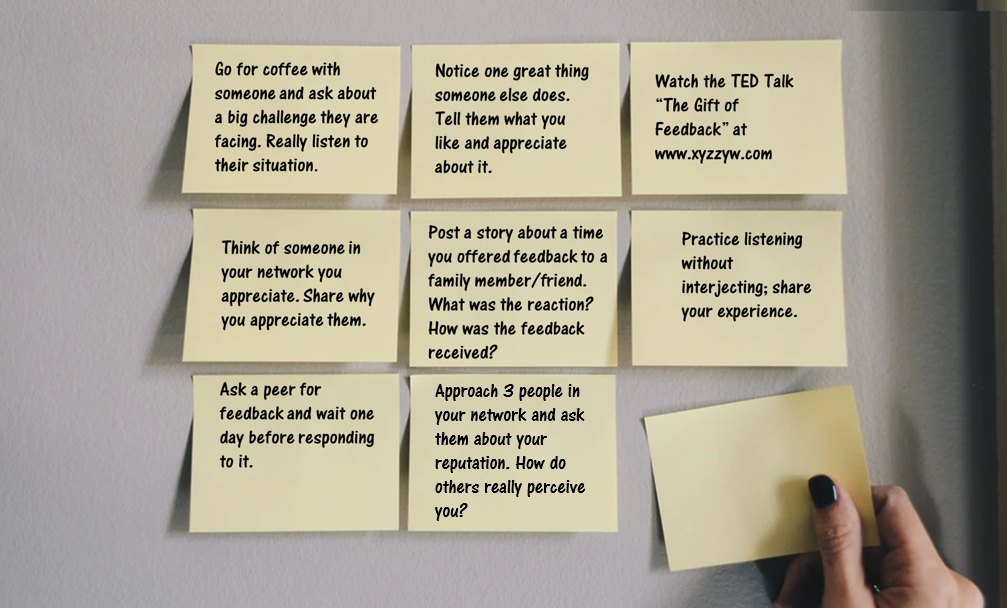
Figure 5: Example of tasks for a learning campaign with the goal of helping managers develop a habit of giving feedback
New alliances
Medtronic medical device manufacturer and Allego sales readiness platform recently teamed up to create a solution with considerable impact on today’s hospital workers—and COVID patients. Hospitals, many desperate for ventilators, are literally taking whatever they can get, including products with which they have no experience. This is coupled with a situation in which ventilator manufacturer reps and respiratory therapists are in short supply. Medtronic and Allego collaborated to create the Ventilator Training Alliance app that contains ventilator training from all the major manufacturers (Dräger, GE Healthcare, Getinge, Hamilton Medical, Nihon Kohden, Phillips, Breas, Hillrom, Mindray, ResMed, Ventec Life Systems, Vyaire and Zoll) all in one place. By all accounts, this involved an enormous 24/7 effort from both partners; both to convince manufacturers to share proprietary information in such an open way and to provide translations for workers in non-English speaking countries. The app is available to any healthcare professional for free. See this Allego site for more information.
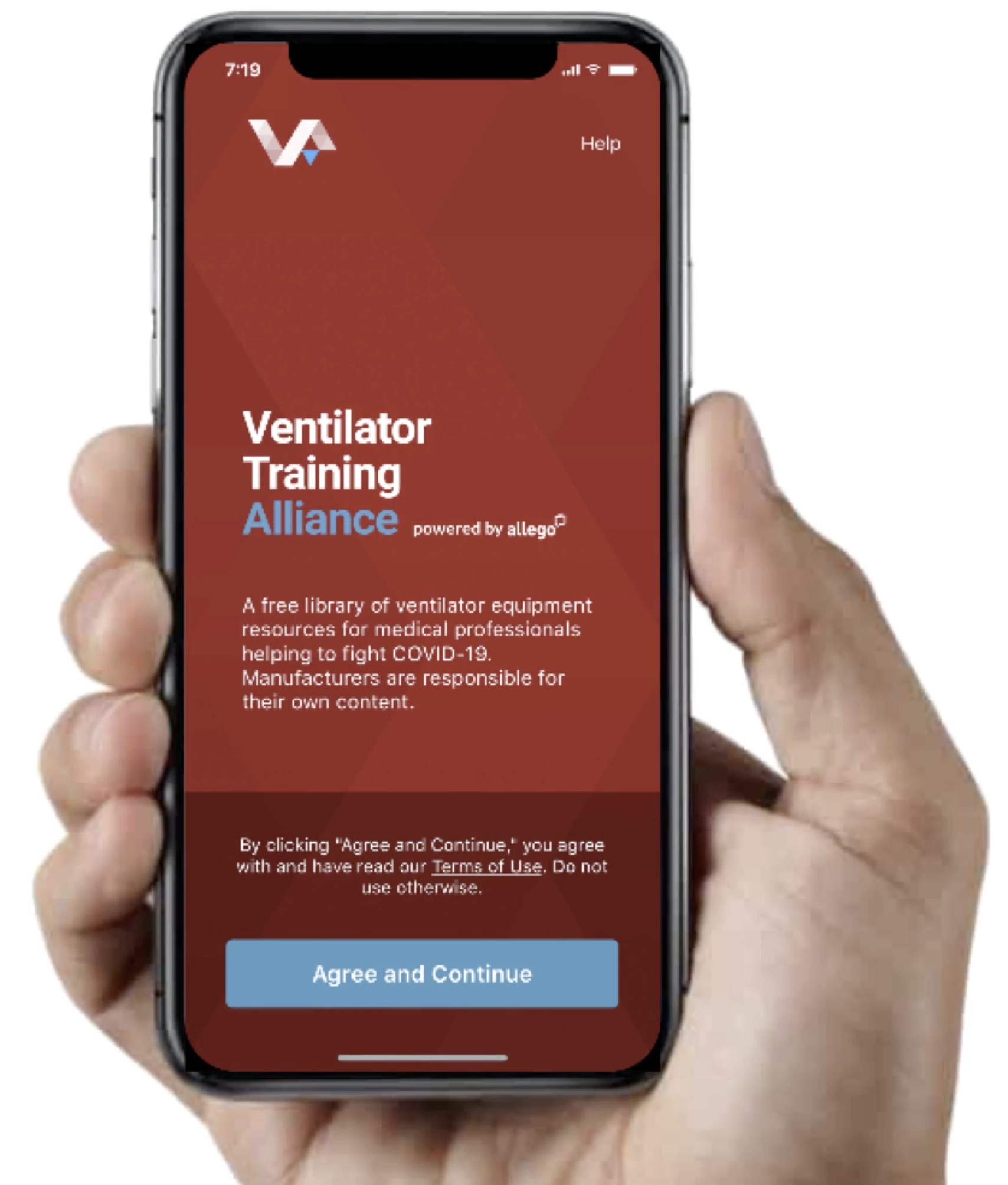
Figure 6: The Ventilator Training Alliance app provides healthcare workers with ventilator training from all major ventilator manufacturers
Looking past traditional approaches to familiar tools and creative collaborations can help provide timely, effective, engaging learning experiences. Try to look past talking-head virtual meetings and next-button content for strategies that can enhance your offerings, even when working under surprising and difficult constraints.



